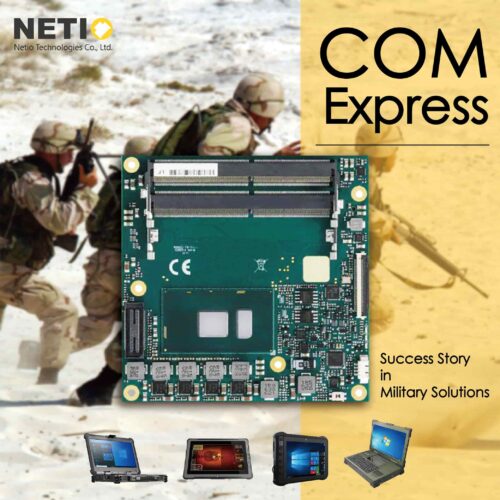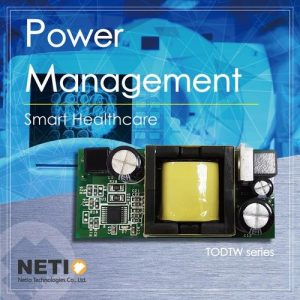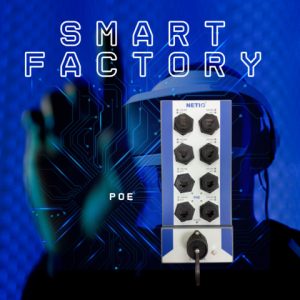New Revised 3.0 version released a new type, Type 7. It made an impact on “server-on-module” design.
Mobile and broadband connectivity has played a crucial role throughout the pandemic. It ensured a huge amount of the workforce could work remotely from home. Continuous demand for better connectivity, power, and performance drives developments in the sector, not only in terms of processing capability but in the hardware needed to deliver it. The evolution of the COM Express standard epitomizes this drive for development. COM Express Type 7 has enabled highly scalable design with server-type modules. It offers multicore parallel processing and exceptional networking capabilities in a single platform which makes Type 7 suit for the increasing requirements for telecoms applications at the edge.
Although earlier
COM Express modules have high performance but could not support the bandwidth requirements for on-demand, in-flight media systems which are now installed as standard. Type 7, in contrast, provides a great capacity for data transmission. As requirements (IoT, big data, AI, edge computing) continue to increase, Type 7 COM inherits the COM express family design, which can upgrade in a cost-efficient way.
At a maximum, Type 7 COM Express modules can provide a host of features:
1. 4 x 10GBaseKR Ethernet with NC-SI
2. 1 x 1GB Ethernet
3. 32 x PCI Express 3.0 lanes
4. 2 x SATA
5. 8 x GPIO shared with SDIO
6. 2 x serial shared with CAN
7. LPC bus shared with eSPI
8. SPI and I²C bus
However, the new Type 7, while not a replacement for the well-established Type 6 pinout, trades all audio and video interfaces for four 10G Ethernet ports and a total of 32 PCI Express lanes. It aims to fulfill the demand of high-speed and frequent data communication in IoT generation (support fog computing, and big data analysis). Furthermore, making COM performs effectively depends substantially on how the baseboard is designed. It makes a direct correlation to data processing and transmission speeds.
The rugged design is a cornerstone in many industrial-grade applications. When it comes to telecom solutions, there are a few challenges that need to address:
1.Air-conditioning cost- A particularly challenging decision point in the design of edge servers, networking and storage technologies in processor selection. The decision stands or falls on how much air-conditioning costs would spend(insulation). COM Express Type 7 is qualified for use in extreme temperature ranges from -40°C to 85°C. Even under ultra-high-performance, server designs still can be stable running. That meets the requirements at the edge of the Internet of Things and in Industry 4.0 factories.
2.Highly reliable system designs- A server processor alone does not make a rugged edge server. It needs a systematic design, which can operate in harsh environments. To achieve that every single component used must be qualified for this environment, and special requirements also apply to the circuit board design. Such as special coatings that protect against condensation water.









